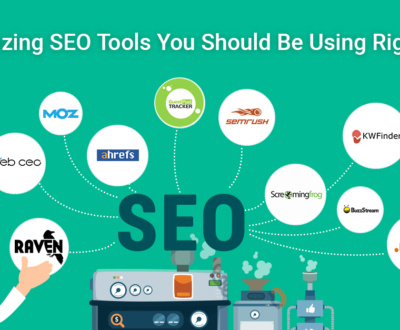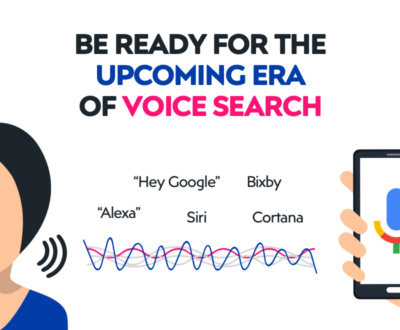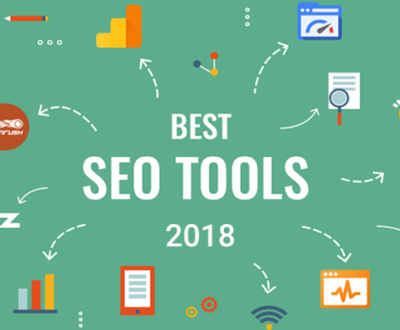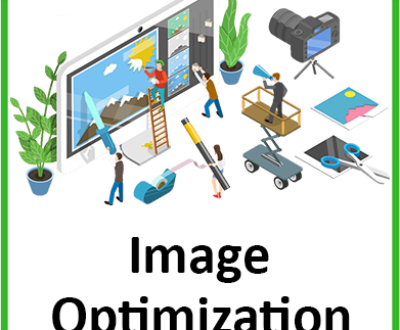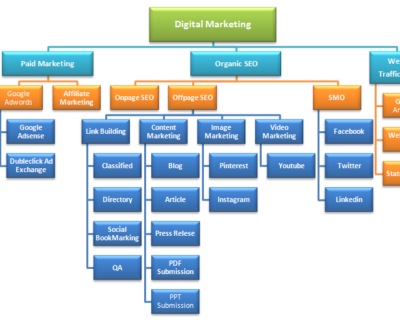What are Web Stories and their importance?
- July 30, 2022
- Digital Marketing, Google Ads, Lead Generation, Marketing, Physical Marketing, SEO, Traditional Marketing
in February 2018, Google announced AMP Stories.
This visually rich, mobile-focused content format is similar to the “stories” feature popular on many social media sites.
The underlying technology is based on accelerated mobile sites, which is quite controversial in the marketing world.
In May 2020, Google renamed AMP Stories to Web Stories, which they described as “the web version of the popular Story format that allows creators to host and own their content”.
What is Google Web Stories for?
Google Web Stories is a visual content format that can be viewed anywhere on the Internet. You can think of them as Instagram stories, as they allow creators to publish sequential images, videos and audio.
Web Stories is billed by Google as “fully immersive” thanks to its full-screen capability.

Some examples of Google Web Stories that brands are using today include:
- Refinery 29.
- suffering
- Lonely planet.
Where do you find stories on the web?
One thing that makes Google Web Stories somewhat unique among the many storytelling tools found in apps is their ability to be displayed on the web.
On your website
While Instagram Stories likes must be displayed on the platform, Google Web Stories can be hosted on the creator’s own website.
This gives publishers more freedom in what happens in the story because unlike many apps there are no content restrictions.
It also means that the story can be used to help drive traffic to your website, rather than hidden away in the walled garden of social media apps.
In the search results
One of the main advantages of using Google Stories over other competitors’ social media stories format is their availability from SERPs.
Google Web Stories can be indexed as a website and serve as Google search results.
On Google Discover
In October 2020, Google announced that it was bringing Web Stories to Google Discover feeds in India, Brazil, and the US.
A list of stories, which Google calls “the shelf,” is located at the top of the Discover page.
Tapping on a story will switch it to full screen and allow the user to swipe through the list.
In your online publications
Because web stories are hosted on your own servers, this means the content is also available in other digital assets such as emails and digital brochures.
On multiple devices
Although the AMP technology on which web stories are based is designed for use on mobile devices, web stories can be viewed on mobile devices, tablets, and computers.
This increases their usefulness as there is no need to create alternatives for responsive properties such as desktop friendly websites.
How do you create Google Web Stories?
Google takes publishers by the hand and guides them through creating web stories.
There are several tools to put it together, and even extensive development notes for those who want to think more outside the box.
Basics of Web Stories
At its core, Google Web Stories are built using the Accelerated Mobile Pages format.
In fact, if you click on the “developer docs” link on Google stories, you’ll be taken to the amp.dev page with guides and tutorials.
Web stories need HTML markup to be valid.
They may also support optional markup to improve the user experience. For example, HTML tags can be used to make a story available in landscape mode and display it more impressively on the desktop. When creating a web story, you must set metadata attributes.
It does not serve as a page title or story description, but rather a preview of the story as it is provided on the site.
You can also add page title, description, Open Graph data and other elements to optimize your story for search and sharing; this is done with traditional HTML tags.
Google’s AMP testing tool can help you identify errors in your story.
If your page is not verified as a web story, here are links to documentation and instructions to help you resolve the issues.
Third Party Materials
Third-party tools help you create your web stories without having to own a development or design team.
The two tools Google links to from its Web Stories page are News Room AI and MakeStories—neither of which are powered or technically supported by Google.
News Room AI offers creators a WYSIWYG (what you see is what you get) feature and a Getty Images offering that provides access to over 300 million images.
MakeStories has zero code, drag-and-drop functionality to customize your stories, including access to Google Fonts and “one-click filters” to edit your stories. picture.
WordPress integration
Google has partnered with WordPress to create a plugin that allows publishers to create web stories directly on their WordPress site. Since stories are created on a WordPress site, they will be included in the site’s XML Sitemap file, making it easy for Google to find.
The plugin also gives creators the ability to set their story metadata, including cover image, snippet, and logo.
Shopify integration
ProductStories is an app that turns your Shopify pages into web stories.
After installing the app, an AMP version is automatically created on each product page.
The user can choose from two different themes or request a custom theme from the ProductStories team.
10 Benefits and Uses of Google Web Stories
Google Web Stories’ format, versatility, and ease of creation make it a useful medium for marketers. Here are the top 10 benefits and uses of the format.
1. Under your control
As the stories may be placed on the publisher’s own website, the copyright of the content remains with them.
This means that the topics they cover are entirely up to them, and there are often no strict restrictions on social media.
Use of the content is also at the publisher’s discretion; Google has no rights to the content. Google has some restrictions on the content that can be published, most notably the “too commercial” content policy.
It’s worth checking out the tutorial before creating your first story – especially if you’re using it for promotional purposes.
2. Monetization
All ads that appear on the Google Web Story are controlled by the content creator.
This means that unlike the story feature of social media apps, the monetization of content is entirely at the discretion of the publisher.
So if you host ads on your web story, you get 100% of the ad revenue. Google recently released a programmatic advertising solution for web stories through Ad Manager and AdSense.
3. External links
Many social media sites with similar story formats prevent content creators from linking to other sites.
This usually means you have to get creative with linking from the comments or bio.
There are no such link restrictions in Google Web Stories.
4. Supports Google Analytics for tracking
As web stories function as web pages, they can be linked to analytics platforms including Google Analytics.
This means there is a greater level of user tracking and analysis available than standard social media story formats.
This is an important part of evaluating how valuable web stories are to your marketing strategy.
5. Stories are responsive
Unlike AMP, which is designed for mobile devices, web stories can be responsive on any type of device.
This means that there is no need to create separate content for viewing on desktop devices or suffer the loss of mobile functionality.
6. Be interactive
Web Stories include the ability to host interactive elements such as quizzes and polls.
This is somewhat limited by your technical abilities, as this feature is not supported by all web story creation platforms. Given the immersive nature of web stories, this added level of interactivity creates an engaging experience.
7. No time limit
Unlike other Google content, such as Google My Business posts, Web Stories do not have an expiration date.
After 7 days, it doesn’t automatically delete and disappear from the timeline like social media accounts.
You can display your web story as long and prominently as you want.
8. Easily indexed and linked
Web stories are designed to be easily indexed by search engines.
This means that getting your content on the first page of Google will not require any additional work on your part beyond the basic SEO required to achieve a good ranking for any website.
There is also a chance to appear in the coveted Web Stories carousel if you publish content for India, Brazil or the United States.
9. Use whatever label style you like
There are no design restrictions other than ensuring that web stories meet general technical requirements.
This means you are free to choose fonts, colors, animations and images that match your brand style.
10. Living stories
By using the “live story” attribute on your web story, the user will be notified in real time that you have added a new page.
This can be particularly useful if you use the format to cover breaking news or developments.
Conclusion
Google Web Stories is a rich and engaging content format with huge potential for marketers.
Unlike similar storytelling formats on social media, web stories are not time-bound or limited to certain platforms.
The market benefits of exposure through Google products, including Search and Discover, are worth exploring.
- google web stories, google web stories in hindi, google web stories plugin, google web stories plugin for wordpress, google web stories traffic, google web stories tutorial, google web stories wordpress, google web stories wordpress plugin, how to create google web stories, how to use google web stories, web stories, web stories for wordpress, web stories google, web stories plugin, web stories seo, web stories traffic, web stories traffic down, web story
About us and this blog
We are a digital marketing company with a focus on helping our customers achieve great results across several key areas.
Request a free quote
We offer professional SEO services that help websites increase their organic search score drastically in order to compete for the highest rankings even when it comes to highly competitive keywords.
Subscribe to our newsletter!
More from our blog
See all postsRecent Posts
- What are Web Stories and their importance? July 30, 2022
- What are Paid Ads and Advantages of Paid Ads? July 29, 2022
- How Web 2.0 is Different from the Web 3.0? July 28, 2022



